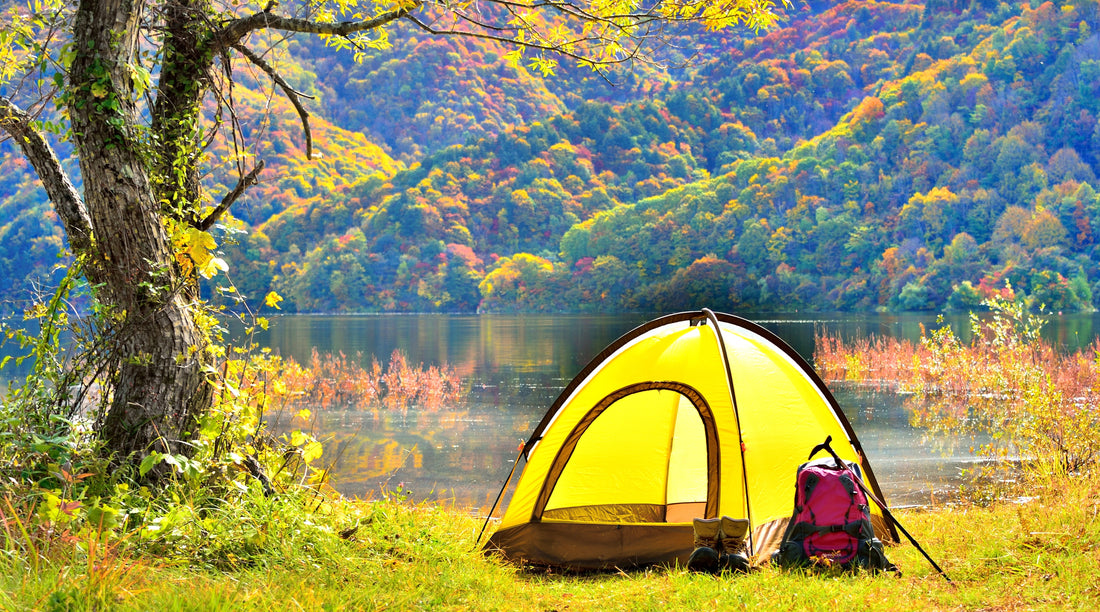
Fall can be an ideal time to camp -- fewer crowds, nice weather, and stunning fall foliage -- but it takes a different mindset and gear kit than summertime camping. If you're thinking of heading to a campground this fall, here's what you need to know to stay safe.
Fall Camping Gear Essentials
Layers are key for fall camping. Wear a thin, sweat-wicking shirt as a base layer. Take wicking material, like a wool sweater (which insulates even when wet) and a waterproof jacket so you can stay warm and dry.
A sleeping pad is a must, as this provides a layer of insulation between your body and the ground. Check the temperature range of your sleeping bag and make sure it will keep you warm in the weather.
Check the forecast before your fall camping trip and adjust these essentials for the weather.
What to Avoid When Fall Camping
It may sound counterintuitive, but avoid campsites that are in valleys. You may think that valleys provide a buffer from wind, but cold air can become trapped in a valley. Rain will puddle beneath your tent. To stay safe, think "high and dry" when it comes to fall camping.
As dusk approaches, bears and other wildlife are more active. You are more likely to trip, fall, or lose the trail if you wind up hiking in the dark. Keep track of sunset time and plan your day hikes accordingly. If you aren't sure you will make it back to your campground before sunset, take along headlamps for every hiker.
What to be Aware of When Fall Camping
If temperatures are below 60 degrees, hypothermia is a risk. Know the warning signs of hypothermia. Emergency blankets are a must, as these can quickly warm up campers after exposure. Hand and foot warmers are a great preventative measure, as campers can slip these into their gloves or boots to stay warm.
While July is the most dangerous month for thunderstorms, fall camping can bring thunder and lightning. You're vulnerable in a tent even if your campsites are surrounded by tall trees. Seek shelter in your car if you can; if not, crouch on your sleeping pad and tuck your limbs. The sleeping pad will insulate you from shocks.
Fires can help your group warm up, but if it's been a dry summer and fall, the risk of fire danger is high. Never leave a campfire abandoned, and always put the fire out completely when you are finished. Respect campground rules about fire safety to prevent a forest fire. Consider taking a camp stove for cooking.
Why Go Fall Camping?
Fall is generally cooler and less buggier than summer. With school back in season and long summer days past, many campers stay at home, which means you'll have the trails to yourself.
As long as you remember these safety precautions and take the right camping gear, you can have a successful and safe fall camping trip!
Check out our full selection of outdoor and survival gear.

0 comments